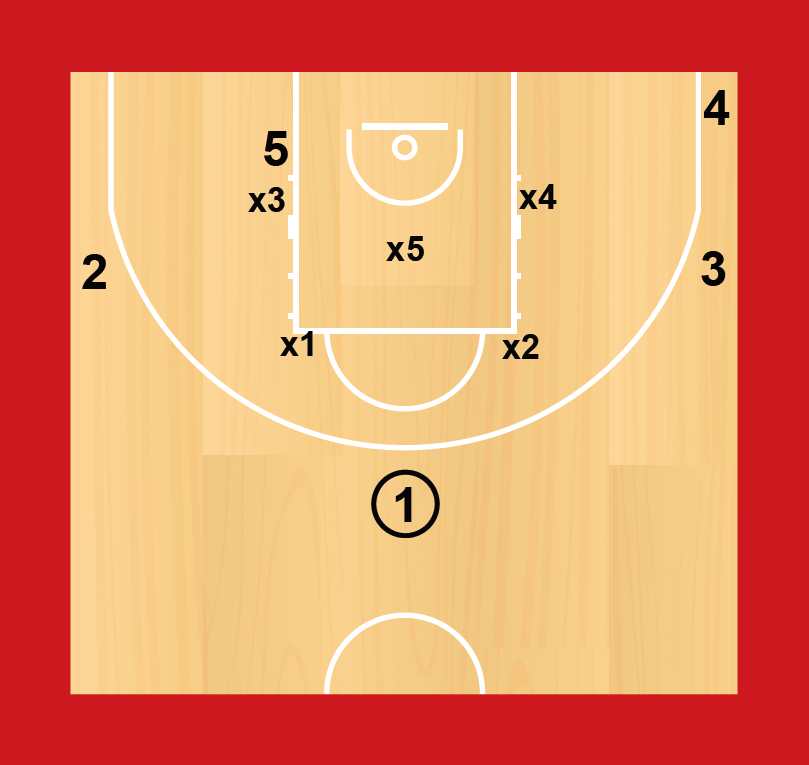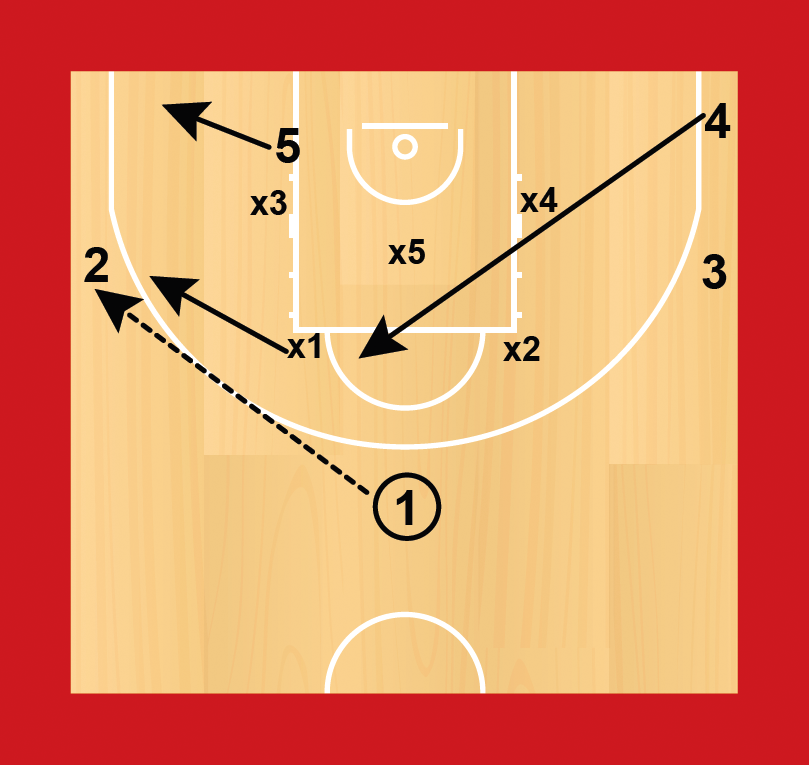Chapters
- 2.5.1 Advanced lay-up techniques
- 2.5.2 Reverse lay-up
- 2.5.3 Advanced shooting - shooting footwork
- 2.5.4 Advanced shooting - inside shooting
- 2.5.5 Correcting shooting technique - flat shot
- 2.5.6 Correcting shooting technique - off-line shot
- 2.5.7 Correcting shooting technique - side spin
- 2.5.8 Correcting shooting technique - shooting short
- Follow-up
- 3.1.1 Preparing players physically to play basketball
- 3.1.2 Preparing players physically - warm-up for training
- 3.1.3 Preparing players physically - warm-up for games
- 3.1.4. Préparation physique des joueurs - Musculation de force
- 3.1.5 Preparing players physically - power training
- 3.1.6 Preparing players physically - conditioning
- 3.1.7 Preparing players physically - flexibility
- 3.1.8 Preparing players physically - basic strength training programme
- 3.1.9 Basic-off season preparation
- 3.3.1 Physical recovery techniques - overview
- 3.3.2 Physical recovery techniques - active recovery
- 3.3.3. Compression Clothing
- 3.3.4. Physical recovery techniques - hydro therapy
- 3.3.5. Physical recovery techniques - massage
- 3.3.6. Physical recovery techniques - sleep
- 3.3.7. Physical recovery techniques - stretching
- 3.3.8 Physical recovery techniques - practical applications
- 2.1.1 Motion Offence – 5 Out – pass and cut/give and go
- 2.1.2 Receivers Principles with Post Players
- 2.1.3 Motion offence with post - 4 out, 1 in
- 2.1.4 Post Up Cuts
- 2.1.5 Developing Decision Making - Putting Perimeter and Post Together
- 2.1.6 Creating scoring opportunities with a second pass
- 2.1.7 Moving the help defender away from a help position
- Follow-up
Level 2
Level 2Team2. Offensive tactics and strategies2.4 Offence against zone defence2.4.1 Motion principles against zone
2.4.1 Motion principles against zone
Junior players should not be introduced to zone defence until the age of 14. Accordingly, there should be no need to introduce any offensive principles to use against a zone until the players are more experienced.
General Principles
There are a number of key principles when playing against a zone defence:
- “Gap the Zone”. Simply, stand in between two defenders rather than directly opposite one. For example, 3 is between x2 and x4.
- “Posts Behind the Zone”. For example 5 is in the low post, and 4 is in the “long corner”
- “Flashing from behind the Zone”
- Use dribble and Post Play against the zone
- Screening the Zone.
Flash Cut from Behind the Zone
- "Behind the Zone” is simply further away from the ball than the defender.
For example, 5 is “behind” x3. - Often defenders in a zone, will turn to focus on the player with the ball, and this is a cue for a player to “flash” or cut towards the ball – the key to remember is that if you can see the back of a defender’s head, they cannot see you!
- Here 3 cuts from behind the ball to a gap at the free throw line.




